Obesity has become one of the most pressing health concerns in modern society. According to the World Health Organization (WHO), global obesity rates have nearly tripled since 1975. This worrying trend has led countless individuals to seek safe, natural, and effective ways to shed extra pounds and maintain a healthy weight. While there are many conventional approaches to weight loss—ranging from diets and exercise to medication and surgery—an often-overlooked avenue involves the use of herbal treatments.
In this in-depth article, we will explore everything you need to know about obesity and herbal remedies for weight management. We will look at the causes of obesity, the risks associated with it, and how specific herbs can help in shedding pounds. We will also examine best practices for using these herbs safely, the importance of combining herbal treatments with lifestyle changes, and how to build a well-rounded, sustainable weight-loss plan. By the end of this comprehensive guide, you should have a clear understanding of how and why herbal treatments can fit into your weight-loss journey.
Table of Contents
Understanding Obesity

Definition of Obesity
Obesity is a complex medical condition characterized by an excessive accumulation of body fat. It is often measured using the Body Mass Index (BMI), which is calculated by dividing an individual’s weight in kilograms by the square of their height in meters (kg/m²). According to the WHO:
- A BMI of 25 to 29.9 is classified as overweight.
- A BMI of 30 or more is classified as obese.
While BMI does not directly measure body fat, it is generally used as a reliable indicator of excess adiposity in adult populations. Obesity is not just about appearances; it is fundamentally linked to a wide range of adverse health outcomes, making it a serious issue that requires effective management strategies.
Prevalence and Global Statistics
- Global Issue: Nearly 2 billion adults worldwide are overweight, and of these, more than 650 million are obese.
- Regional Variations: Obesity rates are highest in North America, parts of Europe, and Australia. However, developing countries are catching up due to increased urbanization and changes in lifestyle.
- Children and Adolescents: Over 340 million children and adolescents aged 5–19 were overweight or obese in 2016, indicating that the epidemic starts early and can have lifelong consequences.
The prevalence of obesity reflects changing lifestyles, diets high in processed foods, and reduced physical activity. Economic factors, cultural norms, and genetics can also play significant roles in determining obesity rates in different populations.
Common Causes of Obesity
Obesity can be multifactorial, with several underlying contributors:
- Excessive Calorie Intake: Consuming more calories than the body burns, particularly from high-fat, high-sugar foods.
- Sedentary Lifestyle: Modern technology, desk jobs, and reduced physical activity lead to fewer calories burned.
- Genetic Factors: Certain genetic predispositions can make an individual more susceptible to weight gain.
- Environmental Factors: Easy access to fast foods, sugary drinks, and large portion sizes all contribute to excessive calorie consumption.
- Medical Conditions and Medications: Conditions like hypothyroidism, PCOS, and medications such as steroids can lead to weight gain.
- Psychological Factors: Stress, emotional eating, and mental health conditions can result in overeating or unhealthy food choices.
Health Risks and Complications
Obesity significantly increases the risk of various health issues:
- Cardiovascular Diseases: High blood pressure, coronary artery disease, and stroke.
- Type 2 Diabetes: Insulin resistance often leads to this chronic condition.
- Respiratory Problems: Sleep apnea, asthma, and reduced lung capacity.
- Joint and Musculoskeletal Disorders: Osteoarthritis is more common due to excessive weight bearing.
- Mental Health Challenges: Depression, low self-esteem, and social stigma.
- Certain Cancers: Higher risks of colon, breast, and endometrial cancers.
Overweight vs Obesity
While the terms “overweight” and “obese” are often used interchangeably, they represent different degrees of excess weight based on BMI categories. Being overweight is typically considered less severe than obesity but should still be addressed to prevent progression and associated health risks. Nonetheless, BMI alone does not paint the entire picture—body composition, waist circumference, and overall health markers are equally important.
Traditional Methods of Weight Loss
Before exploring how herbal treatments fit into a weight management plan, it’s crucial to understand the conventional methods of weight loss. Often, the most effective strategy involves combining several of these approaches with herbal remedies for a well-rounded, sustainable outcome.
Diet and Caloric Control

One of the fundamental principles of weight loss is creating a caloric deficit—burning more calories than you consume. Popular dietary approaches include:
- Reduced-Calorie Diets: Limiting total daily caloric intake.
- Low-Carb Diets: Restricting carbohydrates to promote fat burning.
- Low-Fat Diets: Minimizing dietary fats to reduce overall calorie density.
- Intermittent Fasting: Cycling between periods of fasting and eating to potentially boost metabolic health.
While these diets can be effective, they must be tailored to individual needs and nutritional requirements. Consulting a registered dietitian or healthcare professional is often advisable to ensure that you meet all your macro- and micronutrient needs.
Physical Activity and Exercise

Regular physical activity boosts metabolism, improves cardiovascular health, and preserves lean muscle mass. Recommended exercises include:
- Aerobic Exercise: Activities like jogging, cycling, or swimming to increase heart rate and burn calories.
- Strength Training: Weightlifting and resistance exercises to build muscle mass, which increases basal metabolic rate.
- High-Intensity Interval Training (HIIT): Alternating short bursts of high-intensity exercise with brief recovery periods for efficient calorie burning.
- Low-Impact Exercises: Yoga, Pilates, and walking are suitable for individuals with joint issues or those who prefer gentler workouts.
Lifestyle Modifications

In addition to diet and exercise, behavioral and lifestyle changes are integral for long-term weight management:
- Mindful Eating: Paying attention to hunger cues, savoring food slowly, and being conscious of portion sizes.
- Stress Management: High levels of stress can lead to emotional eating. Techniques like meditation, deep breathing, and counseling can help.
- Sleep Hygiene: Adequate rest supports hormonal balance and prevents weight gain.
- Accountability: Keeping food journals, working with health coaches, and having supportive friends or community groups can help maintain motivation.
Medical and Surgical Interventions

When obesity reaches critical levels, or if there are serious health complications, medical or surgical interventions might be recommended:
- Prescription Medications: Drugs that help control appetite or block fat absorption.
- Bariatric Surgery: Gastric bypass, sleeve gastrectomy, or adjustable gastric banding for severe obesity.
These options come with risks and require a comprehensive evaluation by healthcare professionals. Long-term success post-surgery also depends on adopting a healthier lifestyle.
Why Consider Herbal Treatments?

Herbal treatments often come up as an alternative or complementary solution to standard weight loss interventions. But why should one consider herbs as part of a weight management plan?
Benefits of Herbal Approaches
- Natural Ingredients: Many herbs have fewer synthetic components than pharmaceutical drugs, which can be appealing to individuals looking for a natural approach.
- Holistic Action: Herbs often contain a variety of phytochemicals that work synergistically, potentially addressing multiple aspects of health.
- Cultural Familiarity: In various cultures, using herbs for health is deeply ingrained in tradition, making them accessible and trusted.
- Potential Fewer Side Effects: While “natural” doesn’t always mean “safer,” many herbal options are generally well-tolerated when used correctly.
The Holistic Perspective
Herbal treatments are usually part of a broader holistic system of medicine—such as Traditional Chinese Medicine (TCM), Ayurveda, or naturopathy. These systems emphasize the balance of mind, body, and spirit, rather than just isolating a single symptom (like excess weight). When approached holistically, herbs are one part of a comprehensive regimen that may also include dietary recommendations, exercise, and stress management techniques.
Historical Context and Cultural Significance
Plants have been used medicinally for thousands of years, with records dating back to ancient civilizations in Egypt, China, and India. Many herbs we now use for culinary purposes, such as ginger and turmeric, were originally prized for their medicinal qualities. Over time, scientific research has begun to validate some of these traditional claims, giving credence to the role of herbs in modern health care.
Common Misconceptions About Herbal Remedies
- Herbs Are Always Safe: While many herbs are safe when used properly, some can interact with medications or cause adverse effects.
- Herbs Can Replace Medical Treatment: In severe obesity or where comorbidities are present, herbs alone may not be sufficient.
- Fast Results Guaranteed: Weight loss is a gradual process, and no herb can replace consistent lifestyle modifications.
Herbs Known for Weight Management
A variety of herbs have been studied or historically used for their potential weight-management benefits. Below is a list of popular herbs you might consider incorporating into your plan. Remember: always consult a healthcare provider before beginning any herbal regimen to ensure it’s appropriate for your individual needs.
Green Tea (Camellia sinensis)
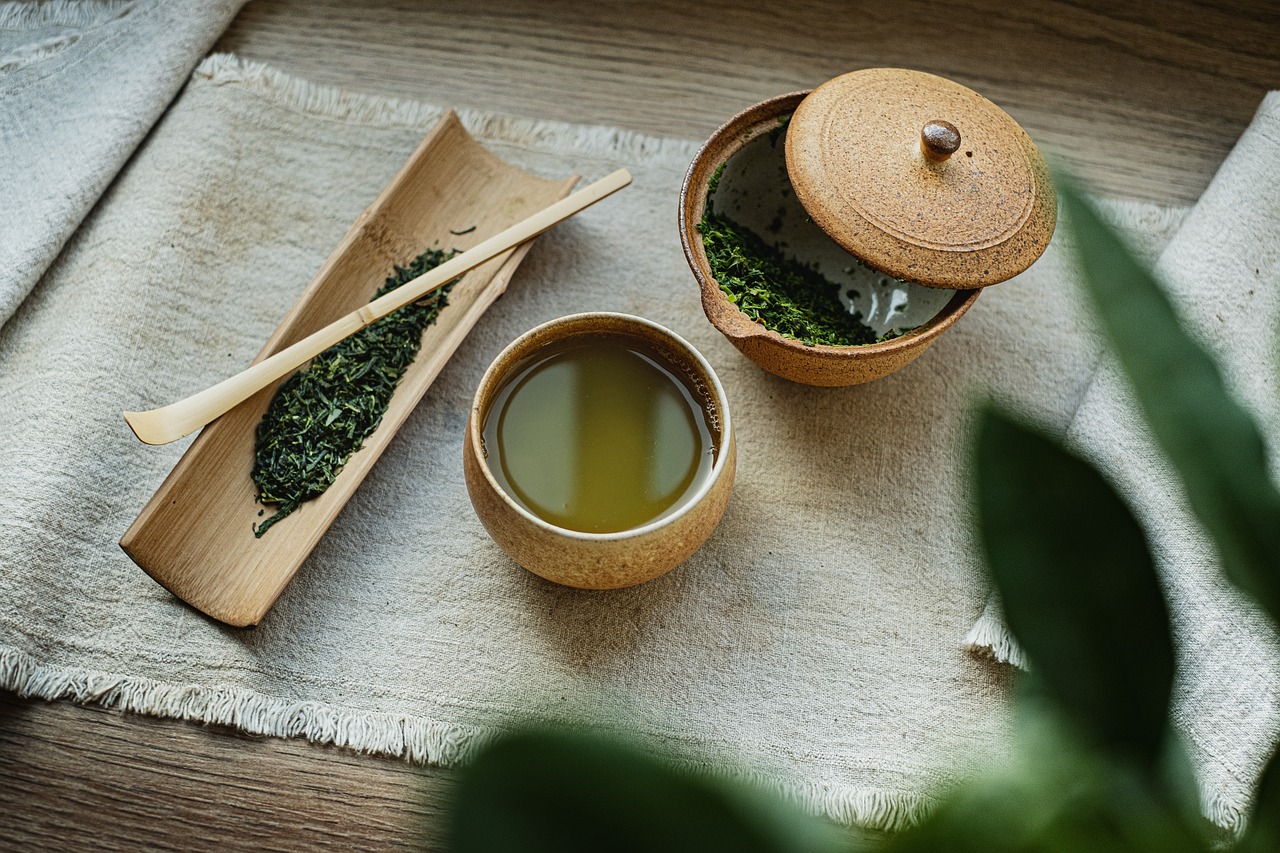
Green tea is rich in catechins, particularly epigallocatechin gallate (EGCG), which may aid in fat oxidation and metabolism. It also contains caffeine that can boost energy expenditure.
- Common Forms: Loose-leaf tea, tea bags, capsules, or extracts.
- Usage: Drinking 2–3 cups a day can provide significant benefits. However, be mindful of caffeine intake.
Garcinia Cambogia
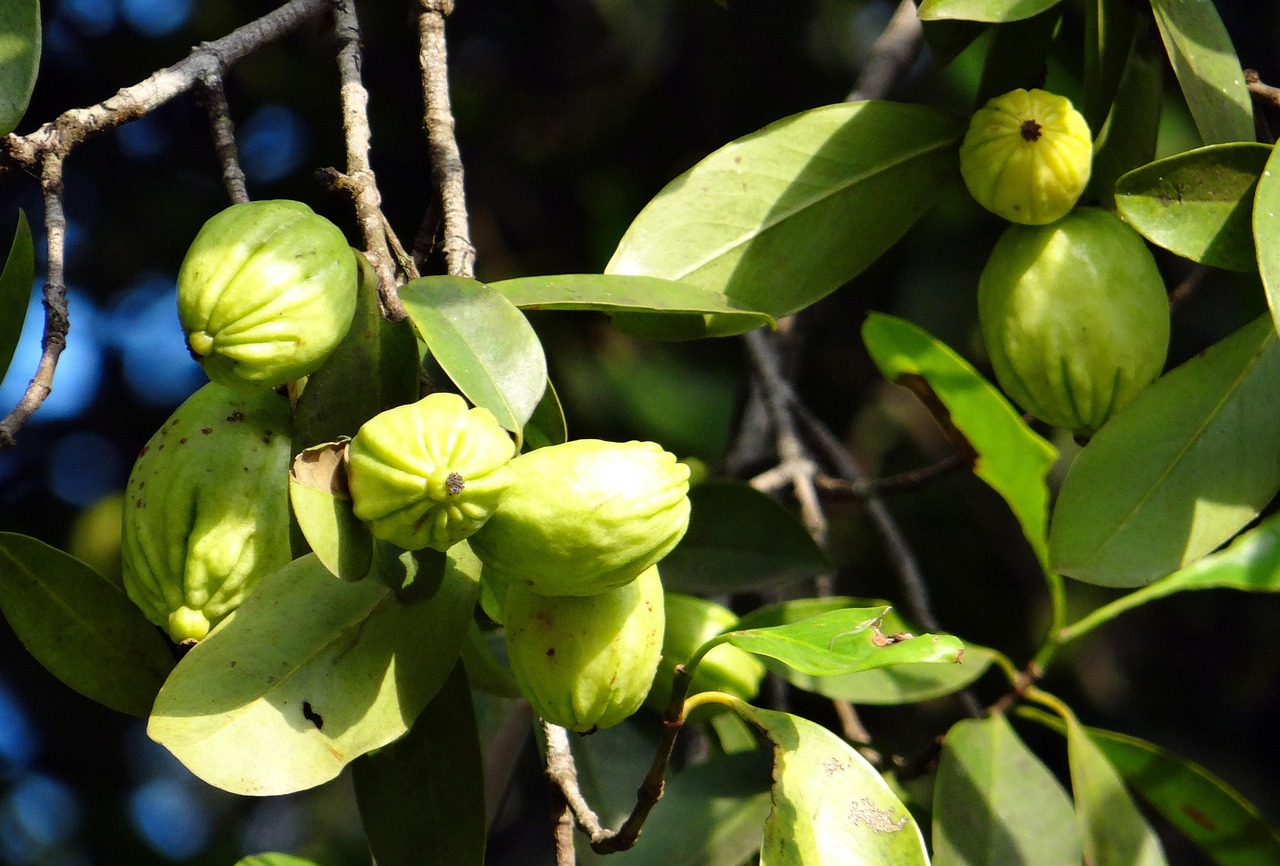
Derived from the rind of the Malabar tamarind, Garcinia cambogia contains hydroxycitric acid (HCA), which some studies suggest can help inhibit fat production and suppress appetite.
- Common Forms: Capsules, tablets, and powders.
- Usage: Often combined with a balanced diet and exercise for better results. Dosage varies, so always follow product guidelines.
Ginger (Zingiber officinale)
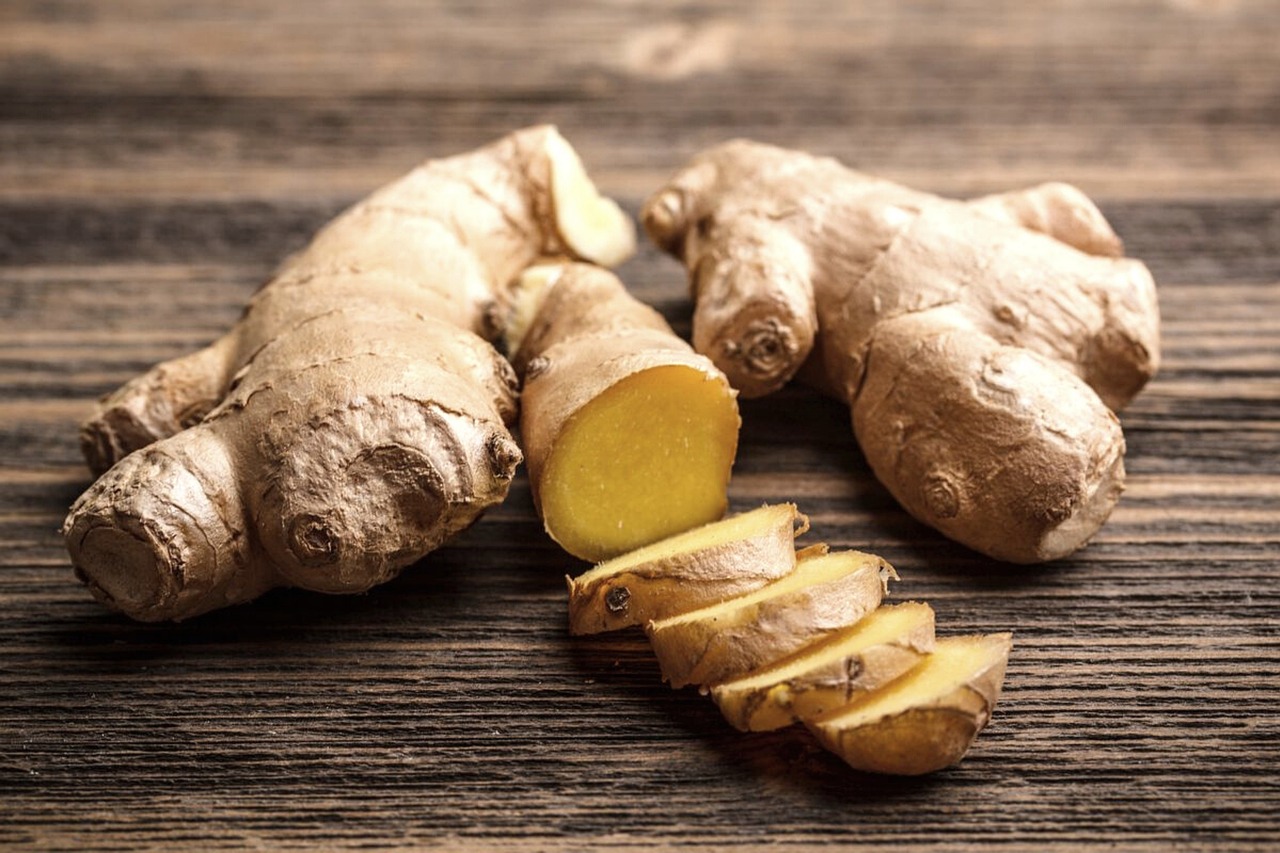
Ginger has thermogenic properties, which means it can slightly raise the body’s temperature, potentially boosting metabolism. It also aids digestion and can reduce bloating.
- Common Forms: Fresh root, dried powder, tea, capsules, and extracts.
- Usage: A ginger-infused tea or adding it to daily meals can be a simple way to incorporate ginger into your routine.
Turmeric (Curcuma longa)
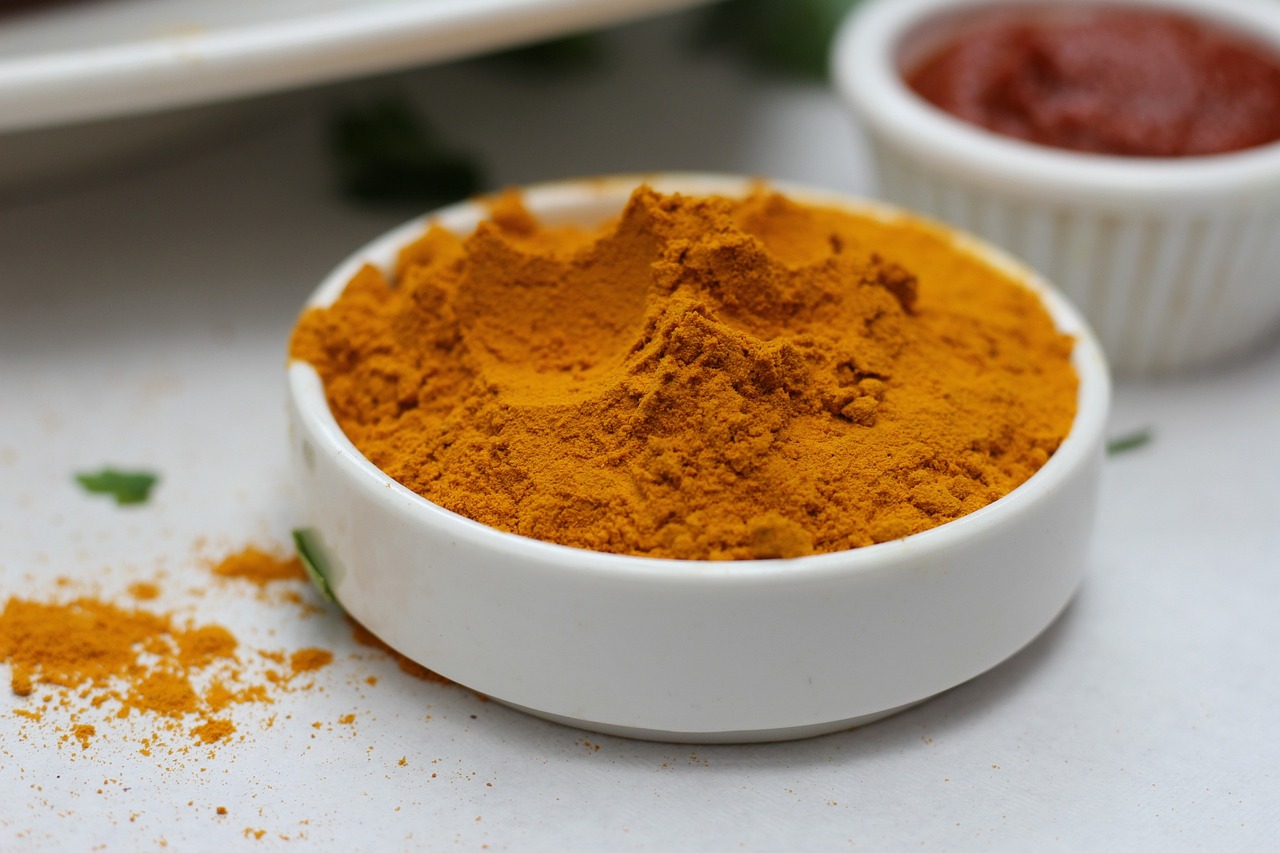
Turmeric contains the active compound curcumin, known for its anti-inflammatory and antioxidant properties. Chronic inflammation is linked to obesity and metabolic disorders, so curcumin may indirectly aid weight management by reducing inflammation.
- Common Forms: Powder, capsules, and tinctures.
- Usage: Best absorbed with black pepper (piperine). Adding a pinch of black pepper to turmeric can enhance its bioavailability.
Cinnamon (Cinnamomum spp.)
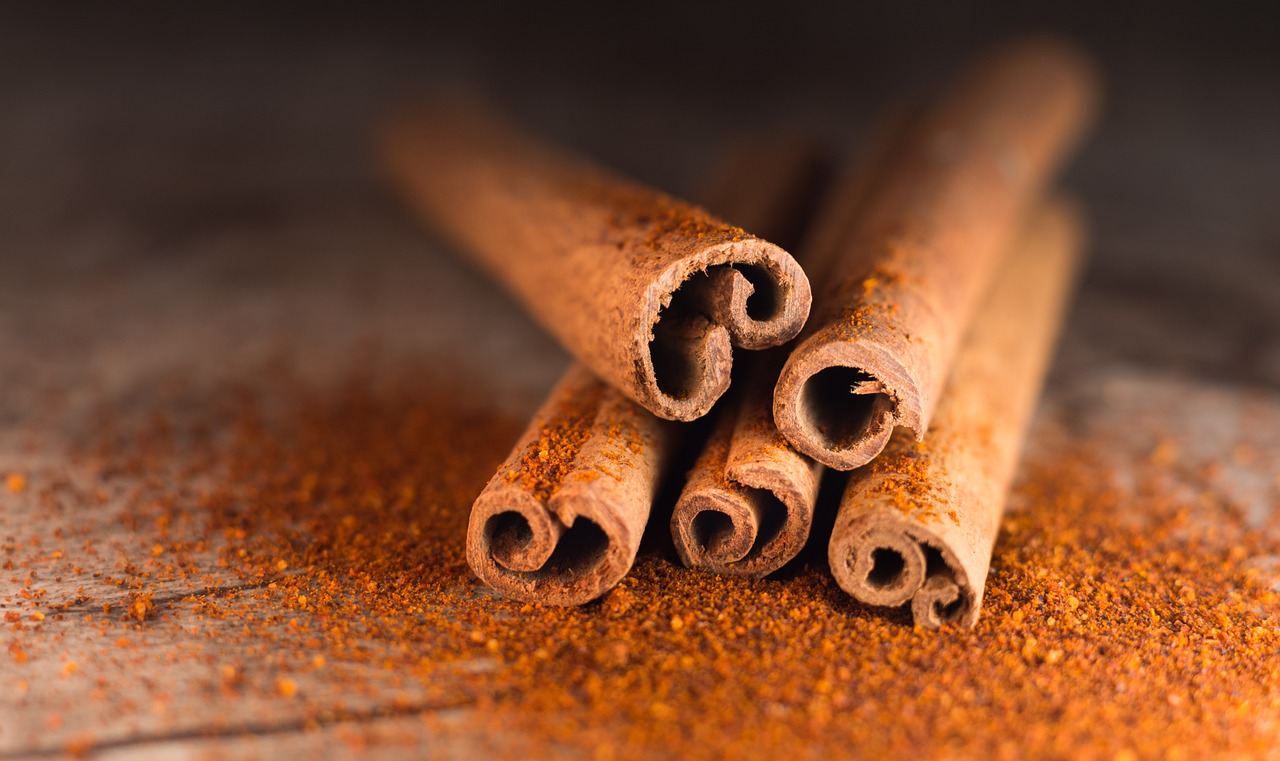
Cinnamon is believed to help regulate blood sugar levels, which can stabilize energy and control cravings.
- Common Types: Cassia cinnamon (the most common) and Ceylon cinnamon (often called “true” cinnamon).
- Usage: Sprinkle on oatmeal, coffee, or include in herbal teas. Be cautious of consuming large amounts of Cassia cinnamon, as it contains higher levels of coumarin.
Ginseng (Panax ginseng)

Ginseng is commonly used in Asian medicine for its energy-boosting and metabolism-enhancing effects. It may also help regulate blood sugar levels.
- Common Forms: Capsules, teas, or extracts.
- Usage: Often taken in cycles to prevent overstimulation. Recommended dosages can vary based on the form.
Dandelion (Taraxacum officinale)

Known as a diuretic, dandelion helps the body eliminate excess water, which can temporarily reduce bloating and water weight.
- Common Forms: Teas, extracts, and salads (the leaves are edible).
- Usage: Dandelion tea can be a refreshing, mildly bitter beverage. Use caution if you’re on diuretic medications.
Cayenne Pepper (Capsicum annuum)
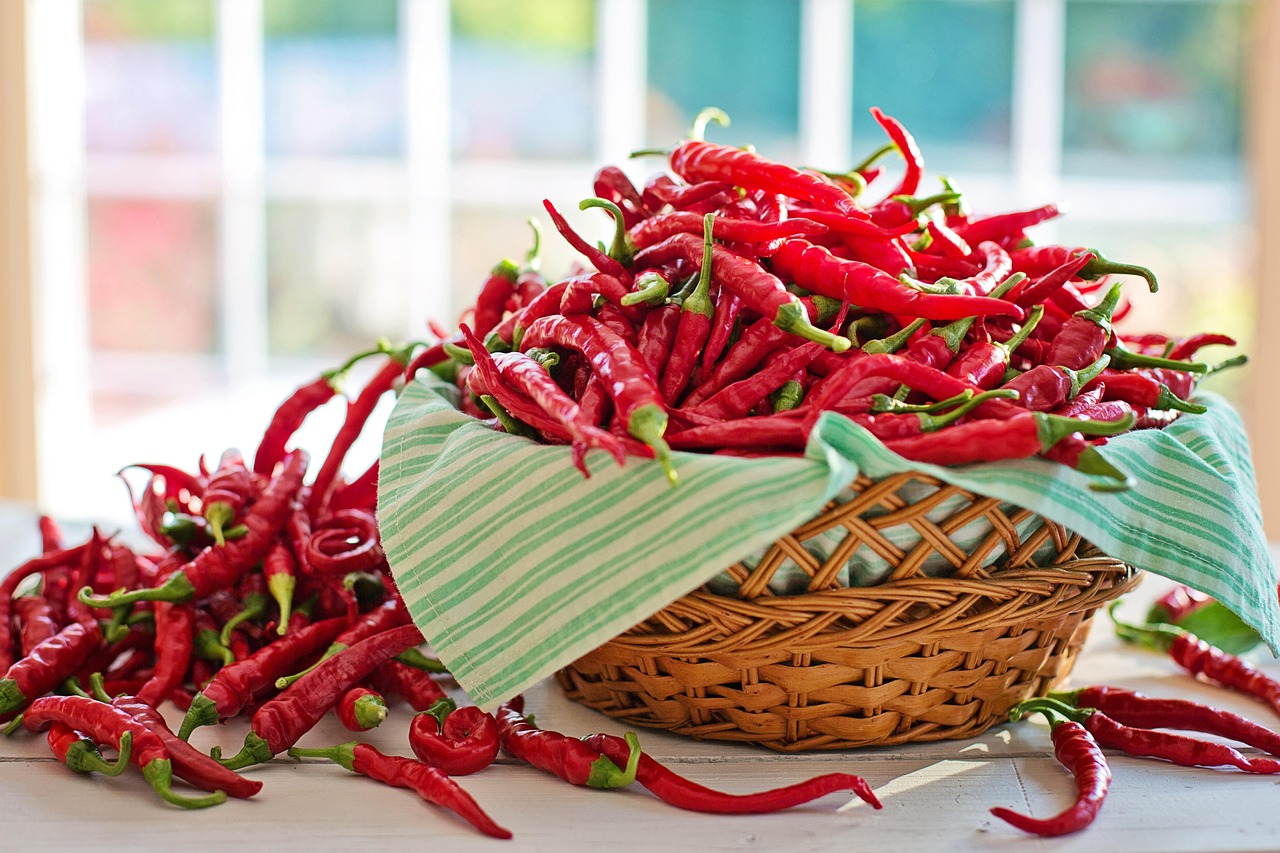
Cayenne pepper contains capsaicin, a compound responsible for its spiciness and potential fat-burning effects (thermogenesis). It can also help curb appetite.
- Common Forms: Whole peppers, flakes, powder, or capsules.
- Usage: Adding a pinch to meals can give food a spicy kick while boosting metabolism.
Peppermint (Mentha × piperita)
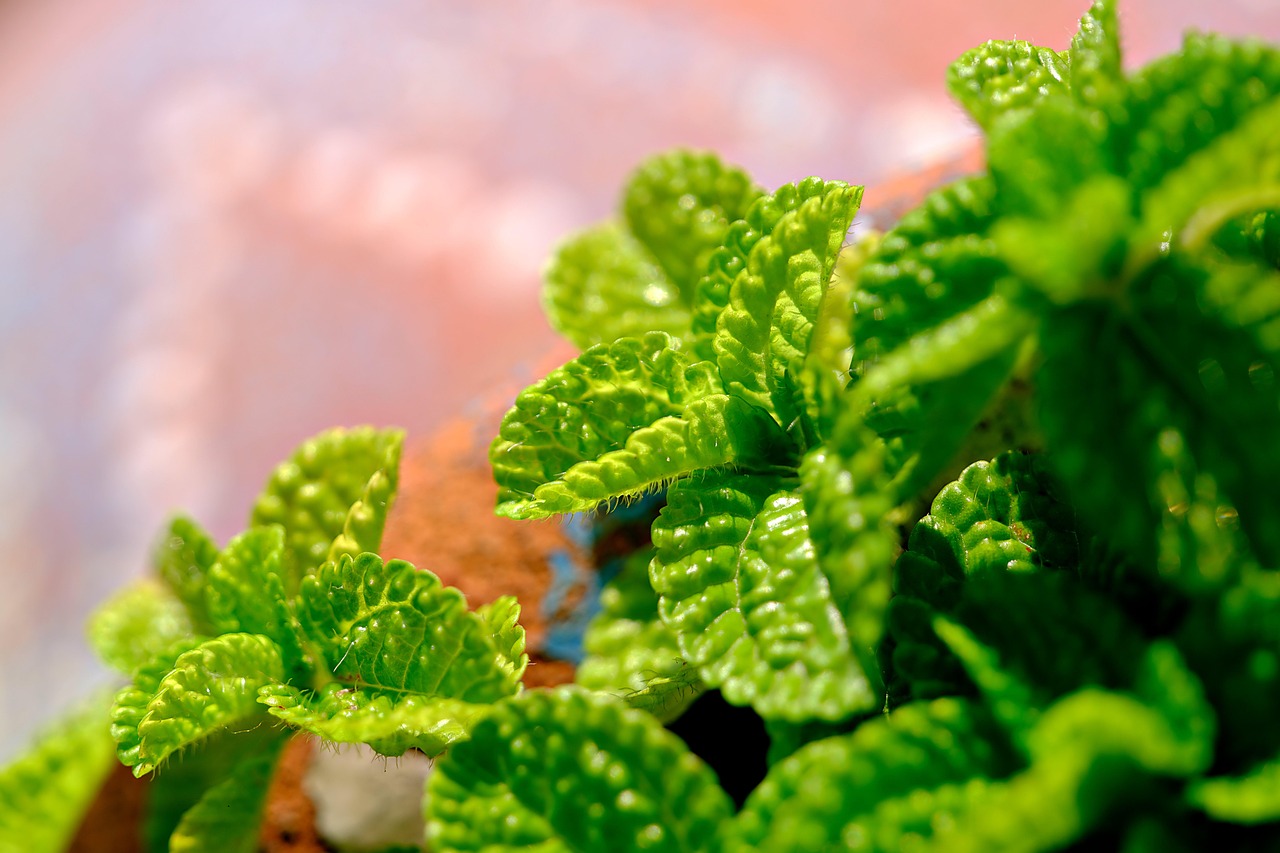
Peppermint may aid digestion and reduce cravings, particularly for sweets. It’s often used in aromatherapy to curb appetite.
- Common Forms: Teas, essential oils, fresh leaves.
- Usage: Sipping peppermint tea between meals may help reduce snacking urges.
Aloe Vera (Aloe barbadensis miller)

Primarily known for its skin benefits, aloe vera also contains compounds that may help improve digestion and support detoxification processes. Some people find it helps with regular bowel movements.
- Common Forms: Juice, gel, and capsules.
- Usage: Aloe vera juice can be taken daily in small amounts for digestive support, but it’s essential to ensure you’re using a product that is safe for internal consumption.
How These Herbs Work
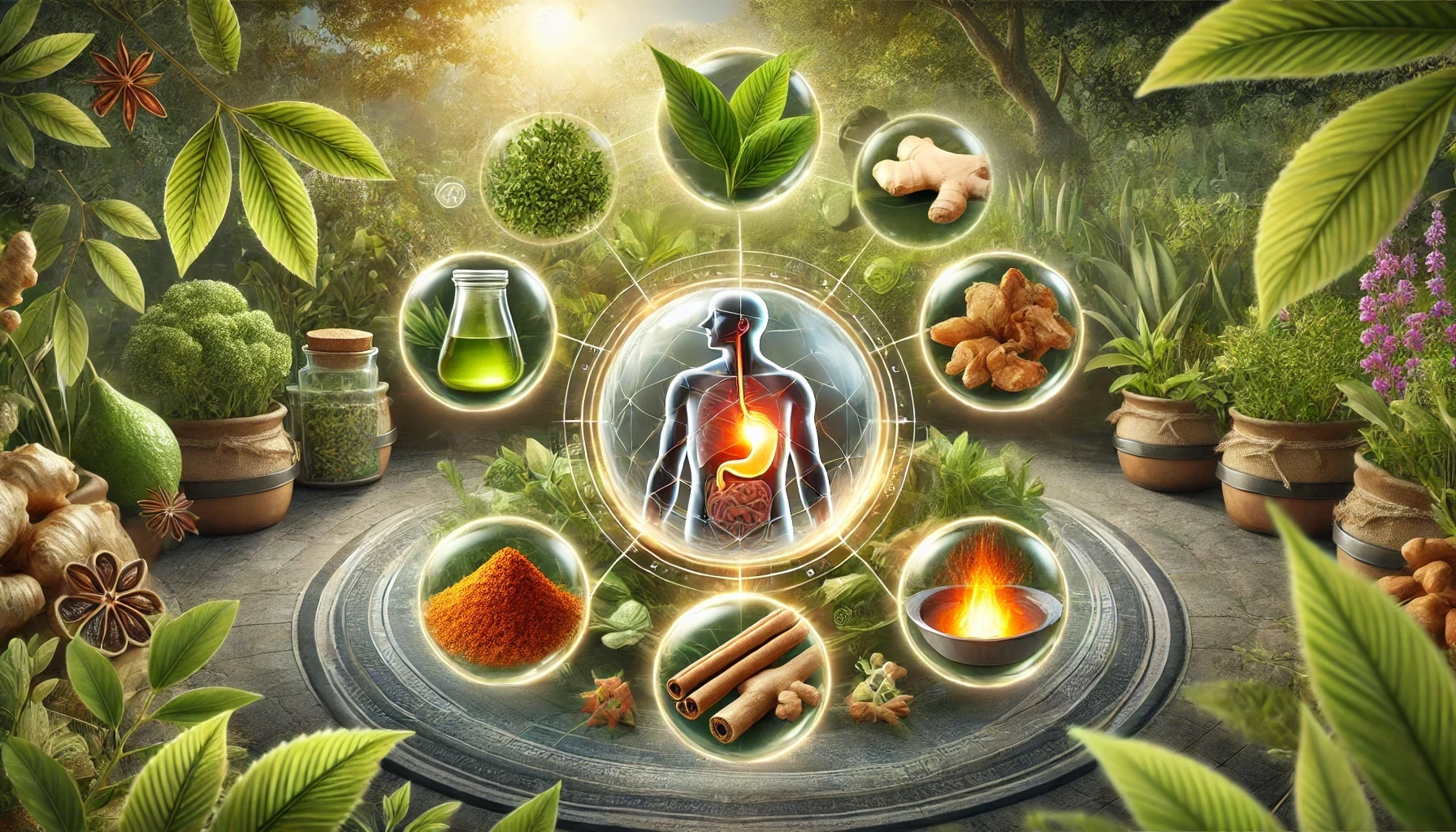
Herbs can support weight management in various ways. Understanding how these plants function can help you tailor your approach to your specific needs.
Metabolism Boosters
Certain herbs, like green tea, cayenne pepper, and ginseng, may increase your metabolic rate slightly, resulting in more calories burned throughout the day. This effect is often due to compounds like catechins, caffeine, or capsaicin that stimulate thermogenesis—heat production in the body.
Appetite Suppressants
Herbs like garcinia cambogia contain compounds (HCA) believed to reduce appetite by influencing serotonin levels in the brain. Others, such as peppermint, can provide a calming effect that diminishes stress-eating triggers.
Diuretics
Herbs like dandelion and parsley act as diuretics, helping the body flush out excess water. While this does not equate to fat loss, it can reduce water retention and bloating, offering a short-term feeling of lightness.
Carbohydrate Blockers
Certain herbal extracts may reduce carbohydrate absorption. For instance, white kidney bean extract is often marketed for this purpose. Though these effects are usually modest, they can help with overall caloric control when combined with a balanced diet.
Thermogenics
Thermogenic herbs cause the body to generate more heat, which can help burn additional calories. Cayenne pepper (capsaicin) and ginger are classic examples. This process often comes with a slight increase in energy expenditure, although individual responses can vary.
Safe Usage Tips and Potential Side Effects
While herbal treatments can offer a natural alternative for weight management, they should be used responsibly to minimize potential risks.
Understanding Proper Dosages
- Follow Product Guidelines: Many herbal supplements come with recommended dosages on the label. Stick to these recommendations unless advised otherwise by a professional.
- Start Low and Go Slow: When adding a new herb to your regimen, begin with a small dosage to gauge tolerance and watch for any adverse reactions.
- Use Reputable Brands: Look for products that have been third-party tested for quality and purity.
Possible Interactions With Medication
Some herbs can interact negatively with prescription or over-the-counter medications. For example, St. John’s Wort is known for its interactions with antidepressants and birth control pills. Always inform your healthcare provider about any herbs or supplements you plan to take, especially if you have pre-existing conditions or are on medications like blood thinners, blood pressure medicine, or diabetes drugs.
Combining Herbs With a Healthy Lifestyle
Herbal treatments should not replace fundamental lifestyle changes. For maximal benefits and long-term sustainability:
- Balanced Diet: Ensure your nutritional intake is diversified and in appropriate portions.
- Regular Exercise: At least 150 minutes of moderate exercise or 75 minutes of vigorous activity per week, along with strength training.
- Adequate Rest: Aim for 7–9 hours of quality sleep each night.
- Stress Management: Incorporate mindfulness, yoga, or other relaxation techniques.
Consulting Healthcare Professionals
If you have any medical conditions—such as diabetes, hypertension, heart disease, or hormonal imbalances—consulting a healthcare practitioner is essential before starting any herbal regimen. Professional guidance ensures you make informed choices that align with your overall health plan.
Recipes and Formulations
Incorporating herbs into your daily routine can be done in numerous ways. Below are practical ideas to help you get started.
Herbal Teas and Infusions
Green Tea and Ginger Infusion
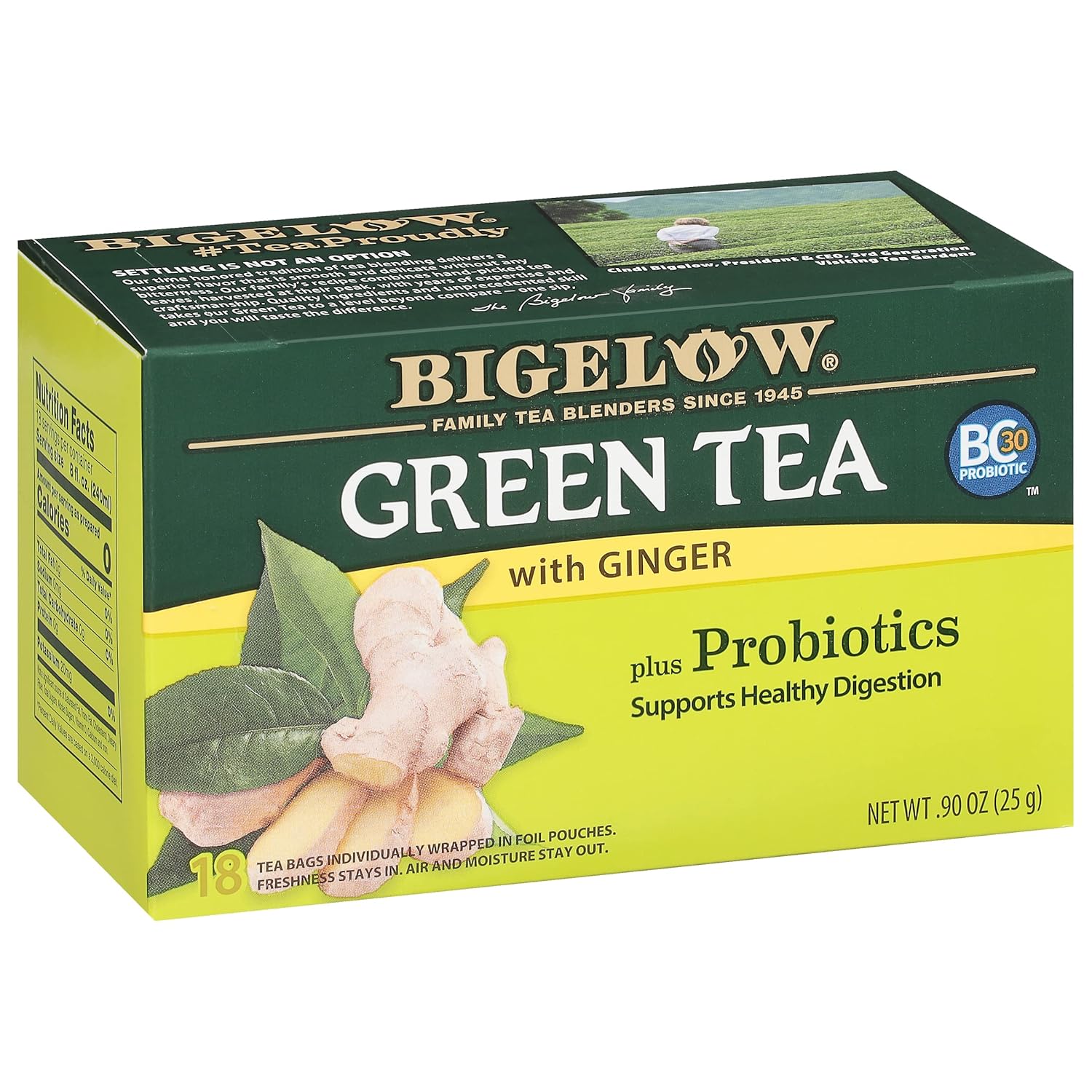
- Ingredients: 1 green tea bag, 1 teaspoon fresh grated ginger, 1 cup hot water.
- Method: Steep ginger in hot water for 5 minutes, then add the green tea bag for an additional 2–3 minutes. Strain and enjoy warm.
- Benefits: Combines metabolism-boosting properties of green tea with ginger’s digestive benefits.
Cinnamon Turmeric Latte (Golden Milk)
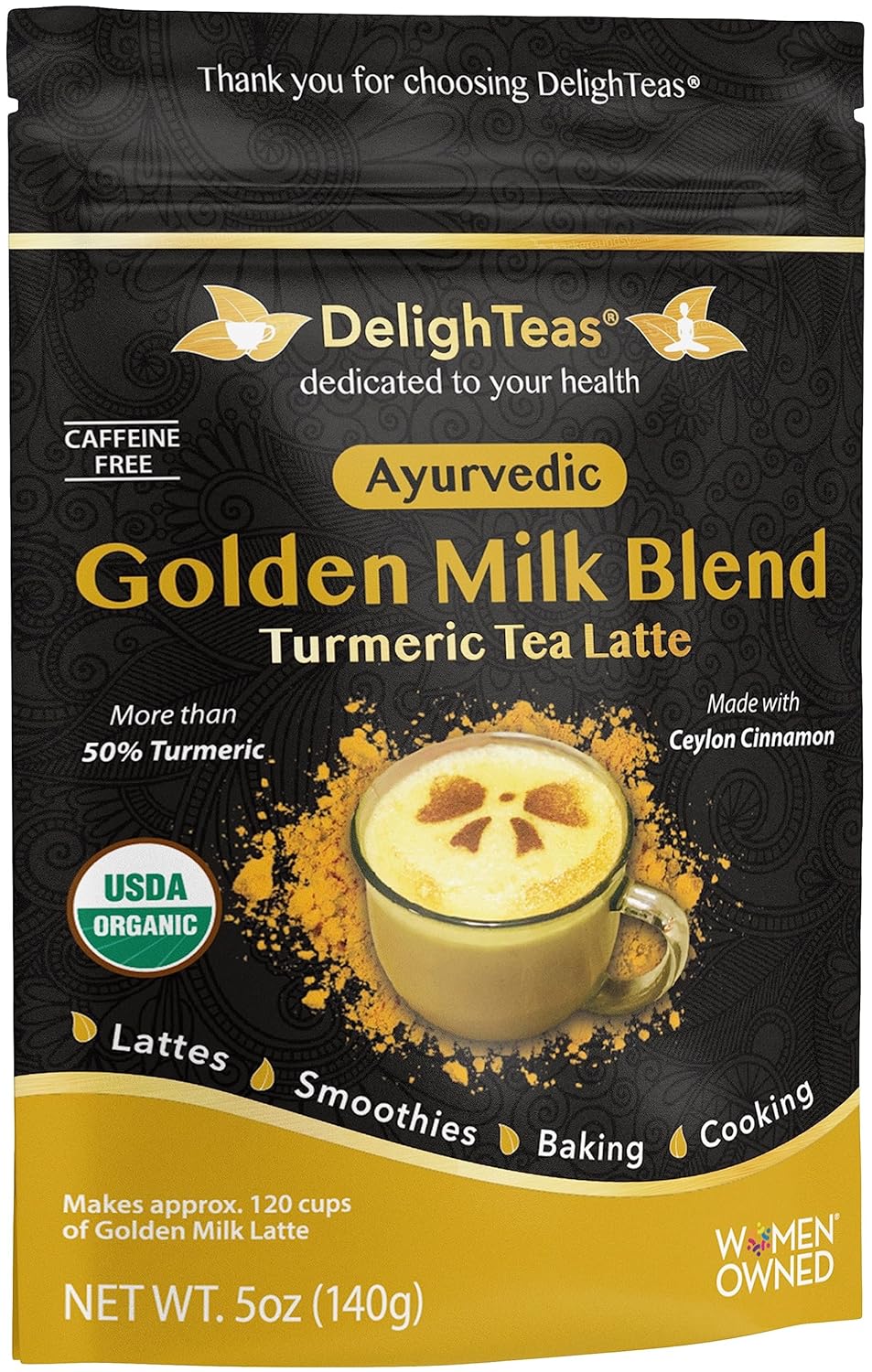
- Ingredients: 1 cup milk (dairy or plant-based), ½ teaspoon turmeric, ¼ teaspoon cinnamon, pinch of black pepper, optional sweetener like honey.
- Method: Warm the milk and whisk in the spices. Simmer for 3–5 minutes. Add sweetener if desired.
- Benefits: Anti-inflammatory properties from turmeric, plus potential blood sugar regulation from cinnamon.
Peppermint and Dandelion Blend

- Ingredients: 1 teaspoon dried peppermint leaves, 1 teaspoon dried dandelion leaves, 1 cup boiling water.
- Method: Steep for 5–7 minutes. Strain and drink warm.
- Benefits: Helps alleviate bloating and may offer mild diuretic effects.
Supplements and Capsules
For those who don’t enjoy the flavor of certain herbs or need consistent dosing, capsules, and tablets offer convenience. Examples include:
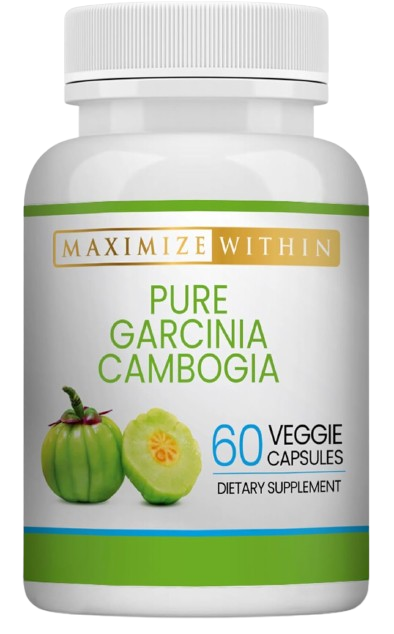
Garcinia Cambogia Capsules: Follow label instructions for dosage, typically 500–1000 mg before meals.
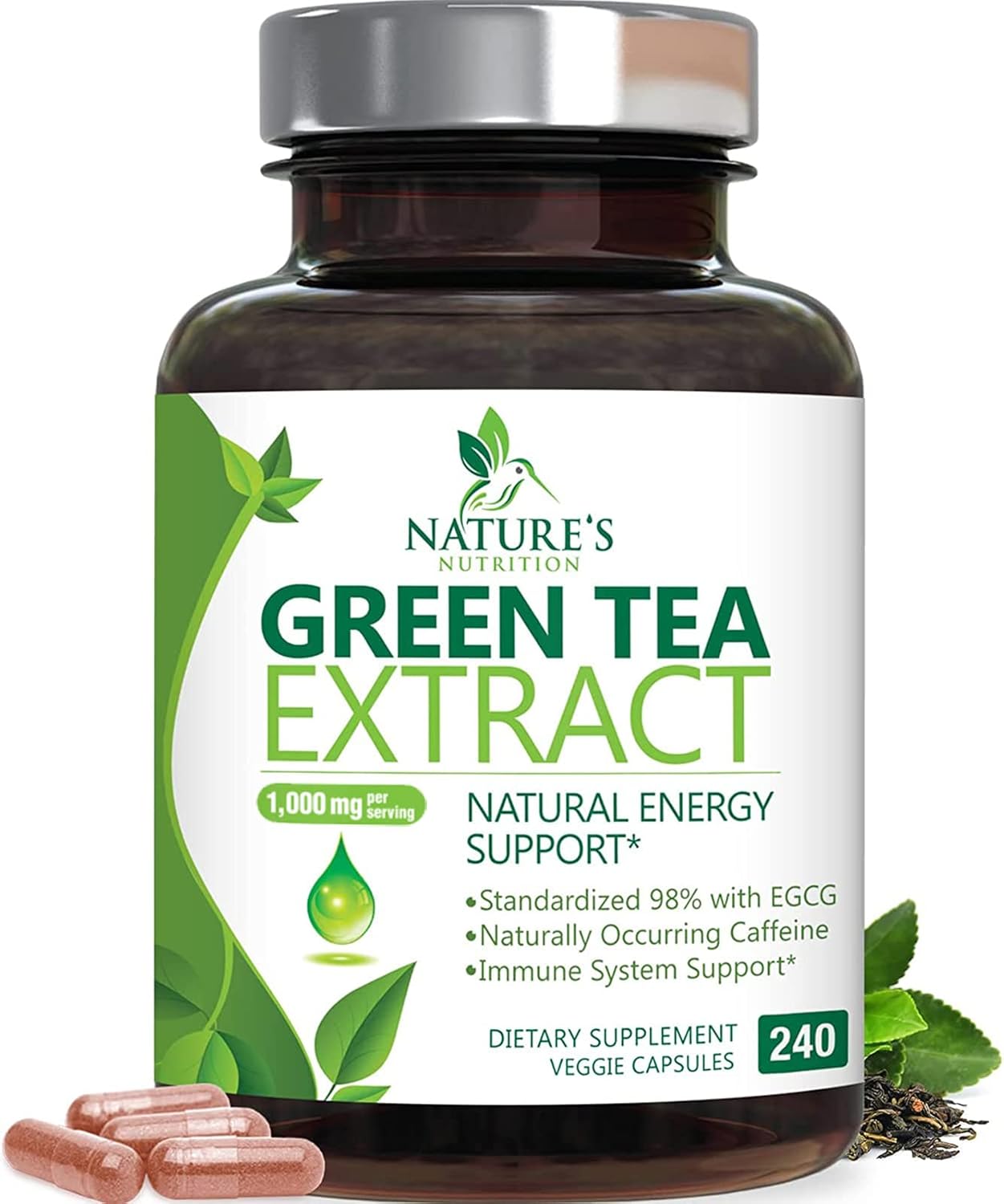
Green Tea Extract: High in catechins, often standardized to contain a specific percentage of EGCG.
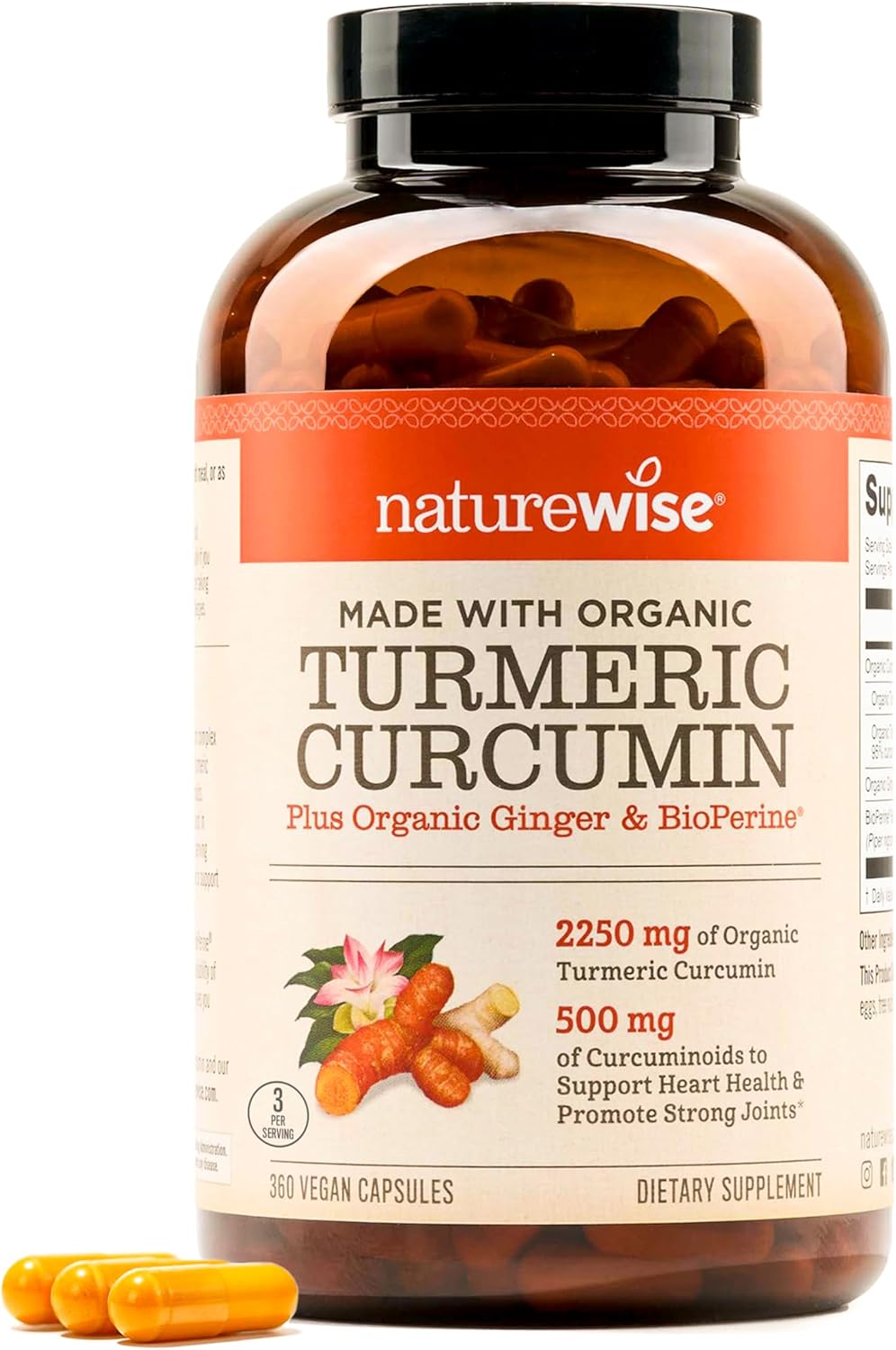
Turmeric Capsules: Look for a product containing curcumin standardized to 95% and paired with black pepper extract (piperine).
Culinary Uses
Incorporating herbs into meals is an excellent way to reap benefits without feeling like you’re taking medicine:
- Cayenne Pepper: Sprinkle on eggs, soups, or stir-fries for a spicy kick.
- Cinnamon: Add to oatmeal, smoothies, or baked goods for sweetness without extra sugar.
- Ginger and Garlic: Sauté with vegetables or meats for an anti-inflammatory, flavorful punch.
- Turmeric: Stir into curries, soups, or scrambled eggs for a bright yellow hue and health boost.
Tinctures and Extracts
Liquid tinctures or extracts allow for easy absorption and can be mixed into water or juices. These concentrated forms can be especially useful for individuals who have difficulty swallowing pills or who want quick absorption.
Creating a Holistic Weight Loss Plan

Herbs can be a powerful ally in your weight management journey, but they are not a standalone solution. A holistic weight loss plan addresses multiple aspects of health simultaneously.
Balanced Nutrition
No herbal supplement can outwork an imbalanced diet. Focus on:
- Whole Foods: Fruits, vegetables, whole grains, lean proteins, and healthy fats.
- Portion Control: Even healthy foods can lead to weight gain if consumed in excess.
- Mindful Eating: Pay attention to hunger and fullness cues. Avoid eating in front of screens, which can lead to overeating.
- Hydration: Aim for 8–10 glasses of water daily. Staying hydrated supports metabolism and can reduce cravings.
Exercise and Physical Movement
Regular physical activity complements herbal treatments and nutrition efforts:
- Cardiovascular Training: Brisk walking, jogging, or cycling to improve heart health and burn calories.
- Strength Training: Muscle burns more calories at rest, so building muscle can help long-term weight management.
- Variety: Incorporate different exercises—yoga for flexibility, dancing for fun, or hiking for endurance—to keep workouts engaging.
Stress Management
Chronic stress leads to elevated cortisol levels, which can increase cravings for sugary, fatty foods. Techniques to control stress include:
- Meditation or Deep Breathing: Short daily sessions can dramatically improve mental clarity and stress tolerance.
- Hobbies and Leisure Activities: Engaging in creative pursuits, sports, or time in nature can be therapeutic.
- Social Support: Talking to friends, family, or a therapist can help alleviate stressors.
Sleep and Recovery
Poor or inadequate sleep disrupts hormones like ghrelin and leptin, which regulate appetite. Aim for 7–9 hours of quality sleep nightly:
- Bedtime Routine: Consistent sleep and wake times help regulate the body’s internal clock.
- Screen-Free Time: Avoid electronics at least 30 minutes before bed.
- Comfortable Sleep Environment: Keep your room cool, dark, and quiet for better rest.
Tracking Progress and Setting Goals
A structured approach helps maintain motivation and accountability:
- Setting SMART Goals: Specific, Measurable, Achievable, Relevant, and Time-bound objectives (e.g., “Lose 5 pounds in 2 months”).
- Journaling: Logging foods, exercise routines, and emotional states can illuminate patterns.
- Regular Check-Ins: Weekly or monthly weigh-ins and measurements. Focus on non-scale victories like increased energy or improved stamina.
Myths and Realities About Herbal Weight Loss
Debunking Popular Myths
- “All Natural = Always Safe”
Natural herbs can have potent biological effects. Some can be toxic or interact with medications, especially if misused. - “Herbal Remedies Work Instantly”
Weight loss is a gradual process. Even the most efficacious herbs are unlikely to yield immediate, drastic results. - “Herbs Can Replace Healthy Habits”
No herb can offset a poor diet or entirely sedentary lifestyle. Herbs are supportive tools, not substitutes for foundational health practices. - “Any Herb is Suitable for Everyone”
Individual differences in metabolism, genetics, and health status mean results vary. Some herbs might not be appropriate for people with certain conditions.
Evidence-Based Realities
- Scientific Backing: Some herbs, such as green tea and cayenne pepper, do have published research supporting their metabolic or appetite-suppressing benefits.
- Holistic Role: Herbs often perform best when integrated into a broader, holistic health plan that includes diet, exercise, and stress management.
- Personalization Matters: A particular herb that works for one individual may not be as effective for another. Tailoring an herbal regimen to personal needs is vital.
Conclusion
Integrating Herbs Into Your Lifestyle Safely
Obesity is a complex condition requiring a multifaceted solution. Herbal treatments offer a range of natural compounds that can assist in boosting metabolism, curbing appetite, and supporting overall health. However, these benefits manifest most effectively when used in tandem with a balanced diet, consistent exercise routine, stress reduction, and adequate sleep.
If you’re intrigued by the potential of herbal remedies, consider starting with mild, commonly available options like ginger, green tea, or turmeric—all of which are easy to incorporate into daily meals. Always be mindful of proper dosages, and consult a healthcare provider if you have pre-existing conditions or concerns about interactions with medications.
Sustainability and Long-Term Success
Achieving and maintaining a healthy weight is more of a marathon than a sprint. A short-term fix, whether herbal or otherwise, is rarely effective for sustaining weight loss over the long haul. Instead, aim for a lasting lifestyle transformation that prioritizes nutrient-dense foods, enjoyable and regular exercise, quality sleep, and emotional well-being.
Herbs can be your allies on this journey, offering gentle support rather than drastic, overnight changes. When used correctly and responsibly, they can complement the foundational elements of healthy living, giving you an extra edge in your pursuit of a balanced, fulfilling life.
Important Disclaimers
- Not Medical Advice: The content in this article is for informational purposes only. It should not be considered a substitute for professional medical advice, diagnosis, or treatment.
- Individual Results May Vary: Responses to herbal treatments can differ significantly from person to person. Your unique health situation will determine how you respond to any given herb or supplement.
- Consult Professionals: Always consult with a qualified healthcare provider before starting any new supplement, especially if you have underlying health conditions or are taking prescription medications.
- Allergies and Sensitivities: Some individuals may have allergies or sensitivities to certain herbs. If you experience any adverse reaction, discontinue use immediately and seek medical advice.
- Lifestyle Is Key: Herbal treatments should be seen as complementary tools. A holistic lifestyle—including balanced nutrition, exercise, stress management, and adequate sleep—remains the cornerstone of effective weight management.
Final Thoughts
Obesity is a significant and complex health challenge, but it can be managed with a combination of knowledge, discipline, and the right tools. Herbal remedies offer a fascinating, nature-based dimension to weight management, potentially providing metabolic support, appetite control, and other health benefits. They are neither magic bullets nor useless trends; rather, they are potential allies in a comprehensive, long-term strategy.
If you’re considering integrating herbal treatments into your weight-loss journey, do so with a sense of curiosity, caution, and a commitment to an overall healthier lifestyle. When combined with balanced eating, regular physical activity, stress management, and enough sleep, herbs can become valuable components of a holistic plan that fosters both health and well-being.
Remember, sustainable weight loss is a continuous process of learning, adapting, and evolving. By staying informed and seeking professional guidance when needed, you can make choices that are both safe and effective on your path to a healthier, happier life.





